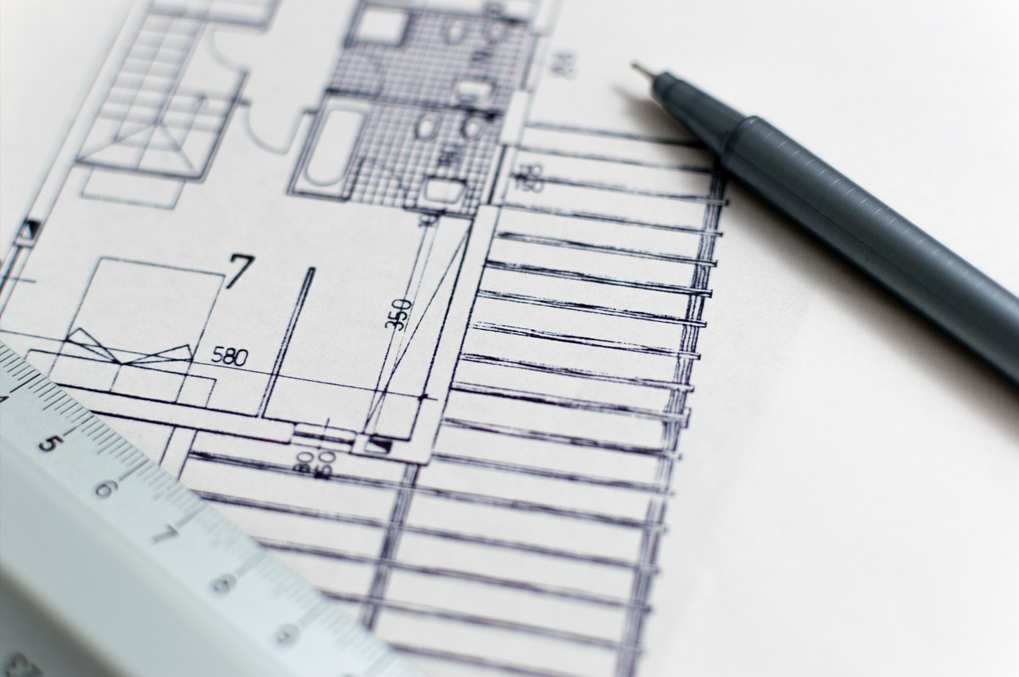Components That Insulate Concrete and Steel Penetrations
Structural thermal breaks are crucial in construction for preventing condensation, mold, reducing heat loss, and complying with stringent building energy codes. They are pivotal in lowering energy costs and carbon emissions, thus reducing owner liability.
Importance in Building Energy Efficiency
The architectural, engineering, and construction industries focus on reducing energy usage in buildings, mainly through HVAC systems, due to their substantial contribution to total building energy use. Improved HVAC efficiency, better-insulated walls, and high-performance windows and doors have been the response. However, heat transmission through steel and concrete thermal bridges remains an often-overlooked issue.
Code Developments and City Mandates
In the face of growing environmental concerns and the push for energy efficiency, building energy codes are evolving to address previously overlooked issues like thermal bridging. Thermal bridges, which occur where insulation is penetrated by materials with high thermal conductivity such as steel or concrete, can significantly undermine a building’s energy performance.
The American Society of Heating, Refrigerating and Air-Conditioning Engineers (ASHRAE) has been at the forefront of this change, developing specific addendums to its existing standards. The ASHRAE 90.1-2019, which sets forth the Energy Standards for Buildings Except Low-Rise Residential Buildings, is under review to include new provisions that specifically tackle the challenge of thermal bridging. This inclusion is a clear indication of the industry’s recognition of the importance of managing heat flow through building envelopes.
In the regulatory landscape, cities have begun taking decisive action to combat the inefficiencies caused by thermal bridging. Notably, New York City and Seattle have implemented mandates requiring the mitigation of thermal bridging at concrete penetrations. This progressive step not only showcases leadership but also signals a broader trend towards more sustainable construction practices.
Furthermore, there is a financial aspect to these efforts, with major utilities stepping up to support the movement. They are offering financial incentives to builders and developers who improve energy efficiency through measures like the incorporation of structural thermal breaks. These incentives are not only a boon for developers seeking to minimize construction costs but also align with the broader objective of reducing the buildings’ operational energy expenditure.
The concerted efforts by regulatory bodies, municipalities, and utility companies reflect a holistic approach to building design that prioritizes energy conservation and sustainability. By tackling the issue of thermal bridging, the industry is making strides towards more energy-efficient buildings that are both cost-effective and environmentally responsible.
Mitigating Heat Transmission Through Structural Thermal Breaks
Structural thermal breaks, especially at points where steel and concrete penetrate the building envelope, prevent the rapid dissipation of heat. By installing these breaks, we reduce energy waste and eliminate the risk of condensation and mold growth due to thermal bridging.
Key Functions of Structural Thermal Breaks:
- Minimize heat transfer across thermal bridges.
- Maintain structural integrity and load transfer between interior and exterior elements.
Concrete and Steel Applications
For concrete applications, structural thermal break modules are made with materials like polystyrene foam and stainless steel rebar to reduce heat loss. In steel applications, insulated modules minimize conductive surface areas and improve energy efficiency.
Issues Resulting from Thermal Bridging
Compromised Comfort: Thermal bridges can lead to colder interior floors and spaces, prompting occupants to increase heating.
Condensation and Mold: Without thermal breaks, the interior structure can reach the dew point, causing condensation and mold growth, leading to possible structural damage and health risks.
Heat Loss: Uninsulated thermal bridges cause significant heat loss, impacting the thermal performance of insulated wall assemblies.
Solutions and Applications
Structural thermal breaks cater to a range of structural connections and load conditions in both concrete and steel applications. Manufacturers design these connections, and structural engineers ensure the surrounding structure can support the loads.
Installation and Case Studies
- Installation of structural thermal breaks in concrete is straightforward and can be adapted for post-tensioned slabs.
- Examples like the Tower at PNC Plaza and the U.S. Bank Stadium highlight the successful implementation of structural thermal breaks to address energy efficiency and structural integrity in challenging climates.
By installing thermal breaks, we can maintain the structural integrity of penetrations while significantly reducing heat loss, improving occupant comfort, and meeting sustainability goals.


